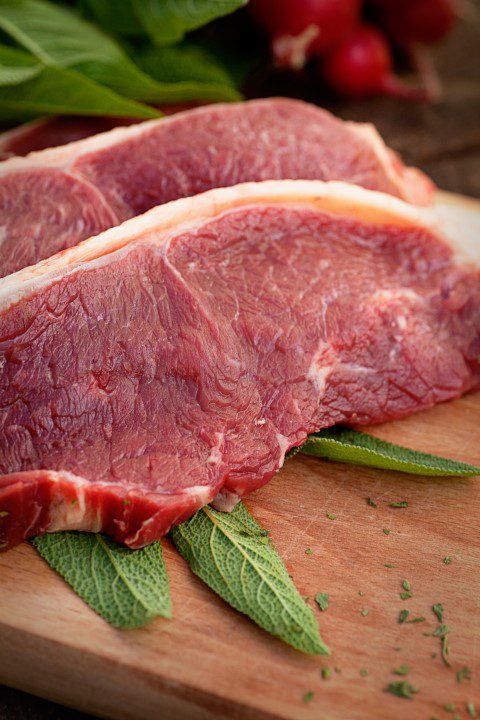Global production growth for meat is to average 2% a year over the next decade, restrained by the rising cost of inputs, according to the latest OECD Agricultural Outlook.
Analysing the outlook EBLEX says despite the recent decline in feed costs from the peak in 2012, the latest Outlook indicates that the cost of feed is likely to remain relatively high through the next decade. Other input costs are also expected to rise, including those associated with meeting more stringent regulations and requirements for the environment, animal welfare and health.
EBLEX says meat production is expected to grow at a higher rate than crop production over the next decade, with crop production expected to average growth of just 1% each year. This is largely due to the increased demand for meat products, driven by higher income levels and increasing urbanisation in developing regions of the world.
Interestingly China is expected to account for roughly a quarter of overall growth, with most of that increase coming from pig meat. China has the world’s highest per capital consumption of pig meat and recent domestic policies have aimed to increase self-sufficiency in pig meat production.
EBLEX also outline that the OECD outlook states that by the end of the decade, poultry production is expected to overtake pigmeat production, as its short production cycle, high feed conversion ratio and low land requirements mean it has the lowest production costs of all meats. As soon as 2020, poultry is expected to become the largest global meat sector.
Production of both beef and sheep meat are expected to increase more rapidly than they did in the last decade. Beef and veal production is expected to grow by an average 1.2% each year, as a result of the rebuilding of cattle herds in North America, as well as production growth in Russia and Argentina.
Significant production growth is also expected in the least developed countries in Africa. Global sheep meat production is expected to average 2.3 per cent a year over the period, driven by strong growth in Africa and Asia, encouraged by the higher prices in recent years.
